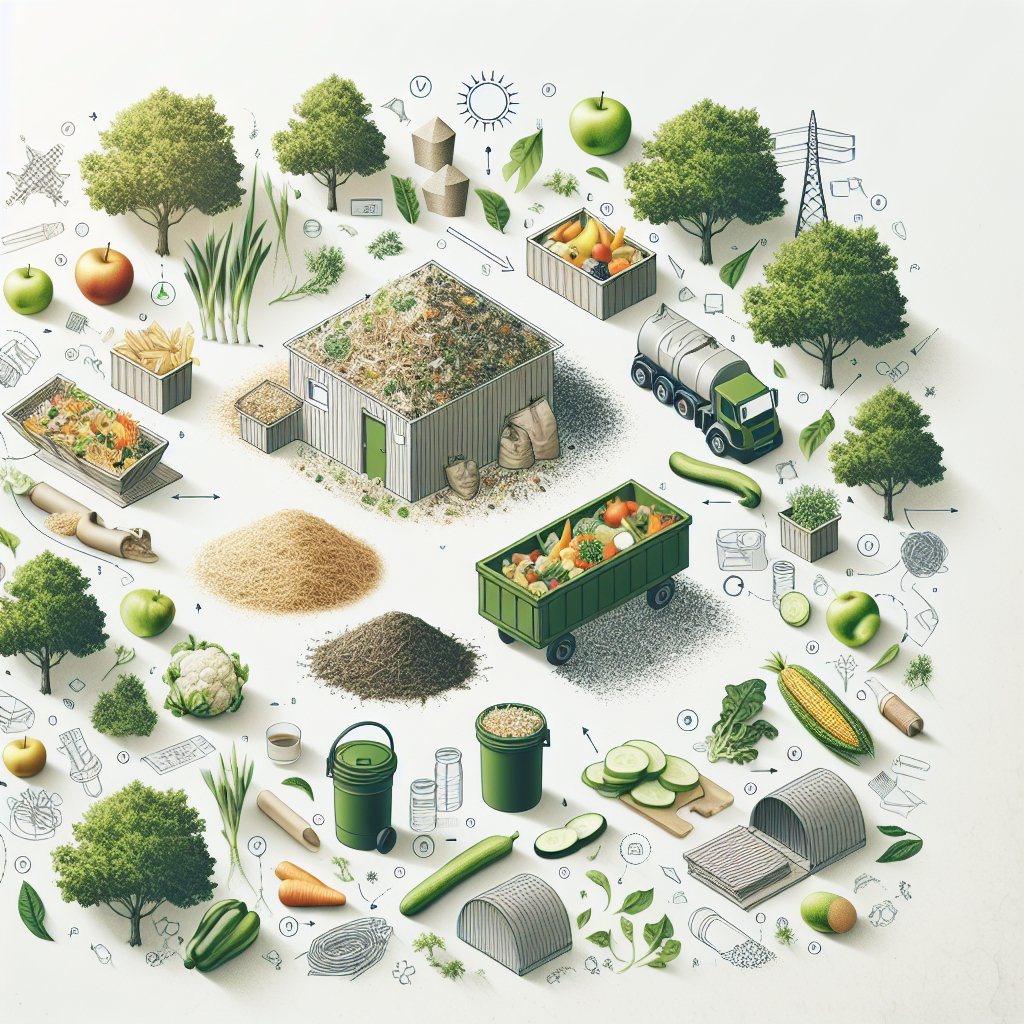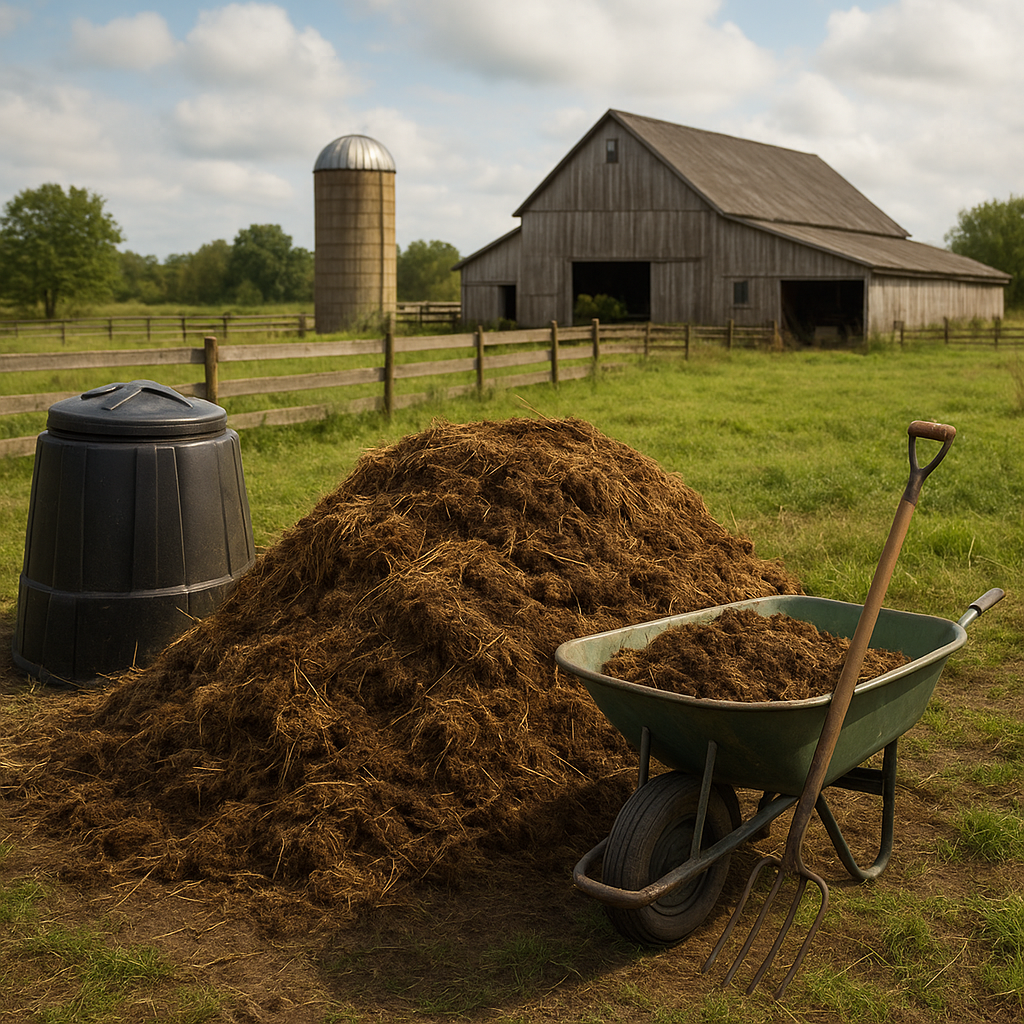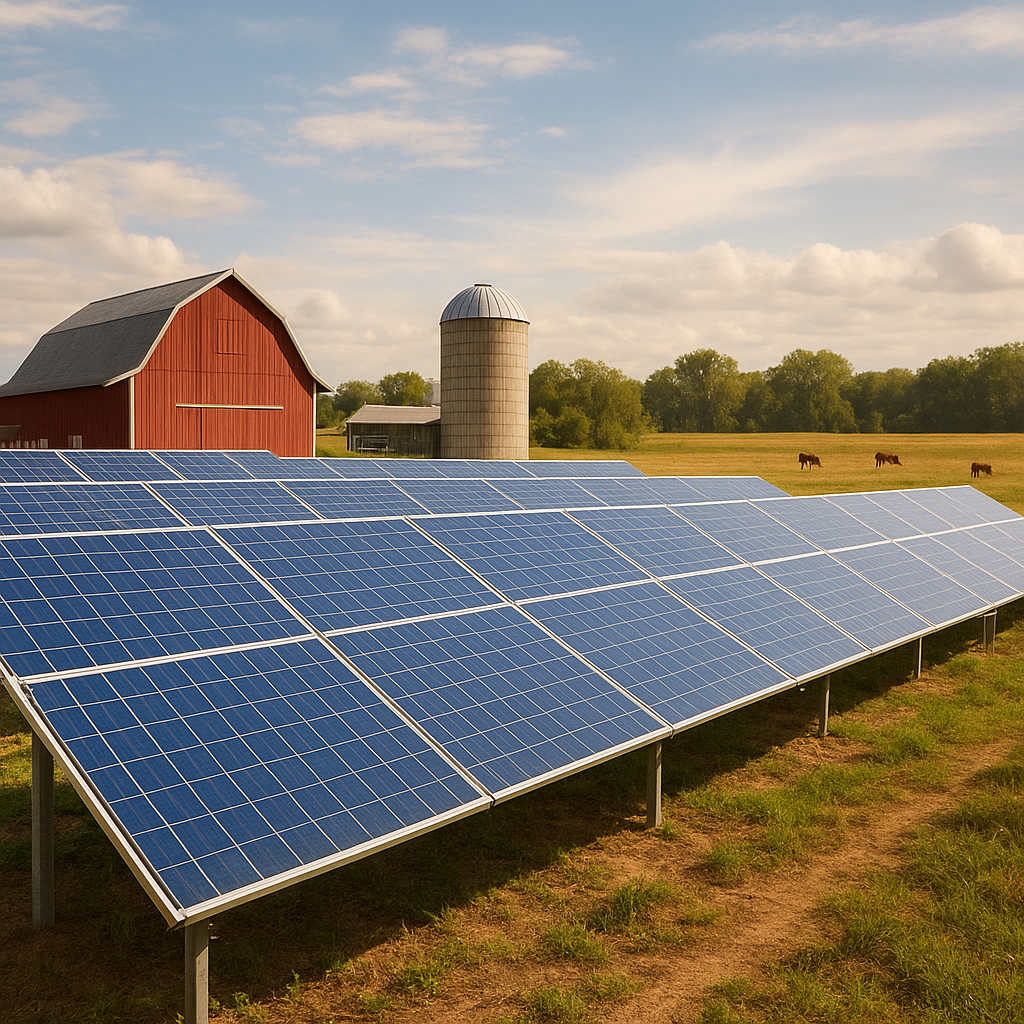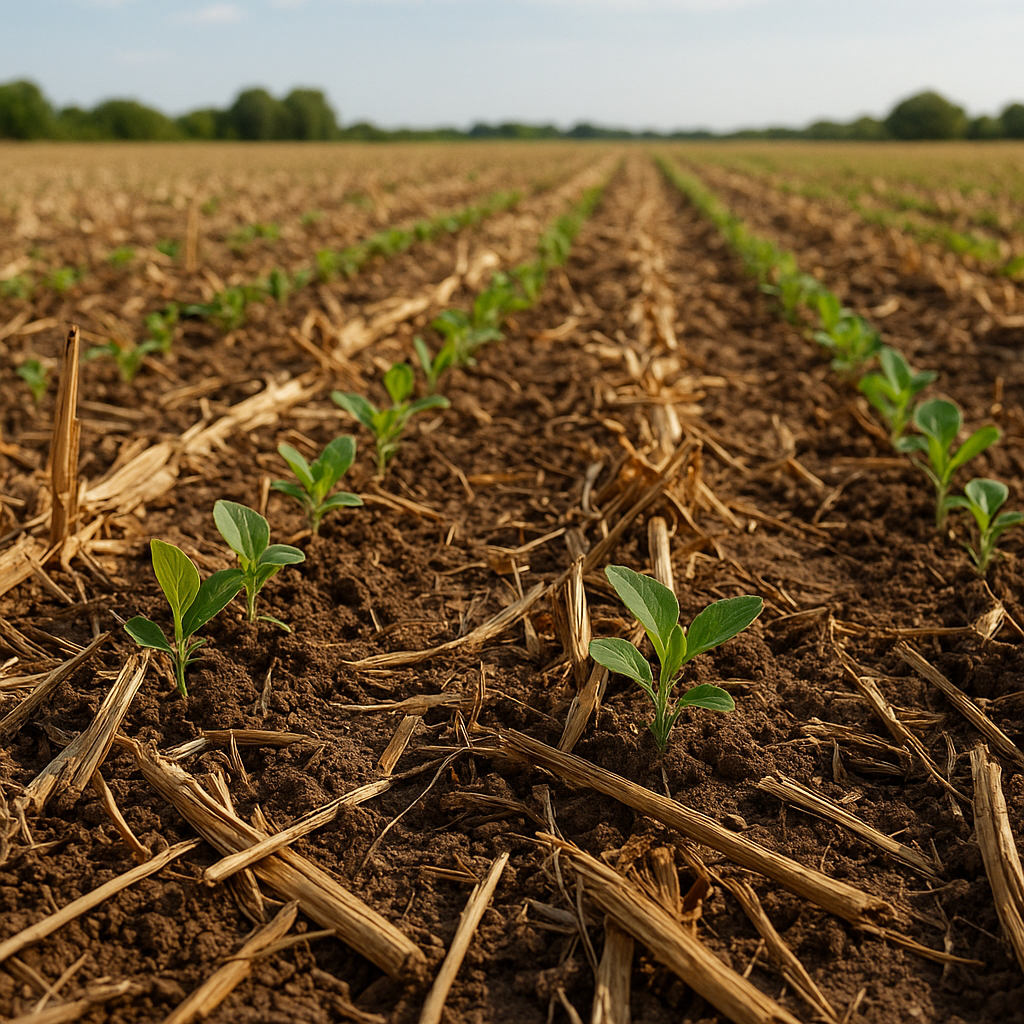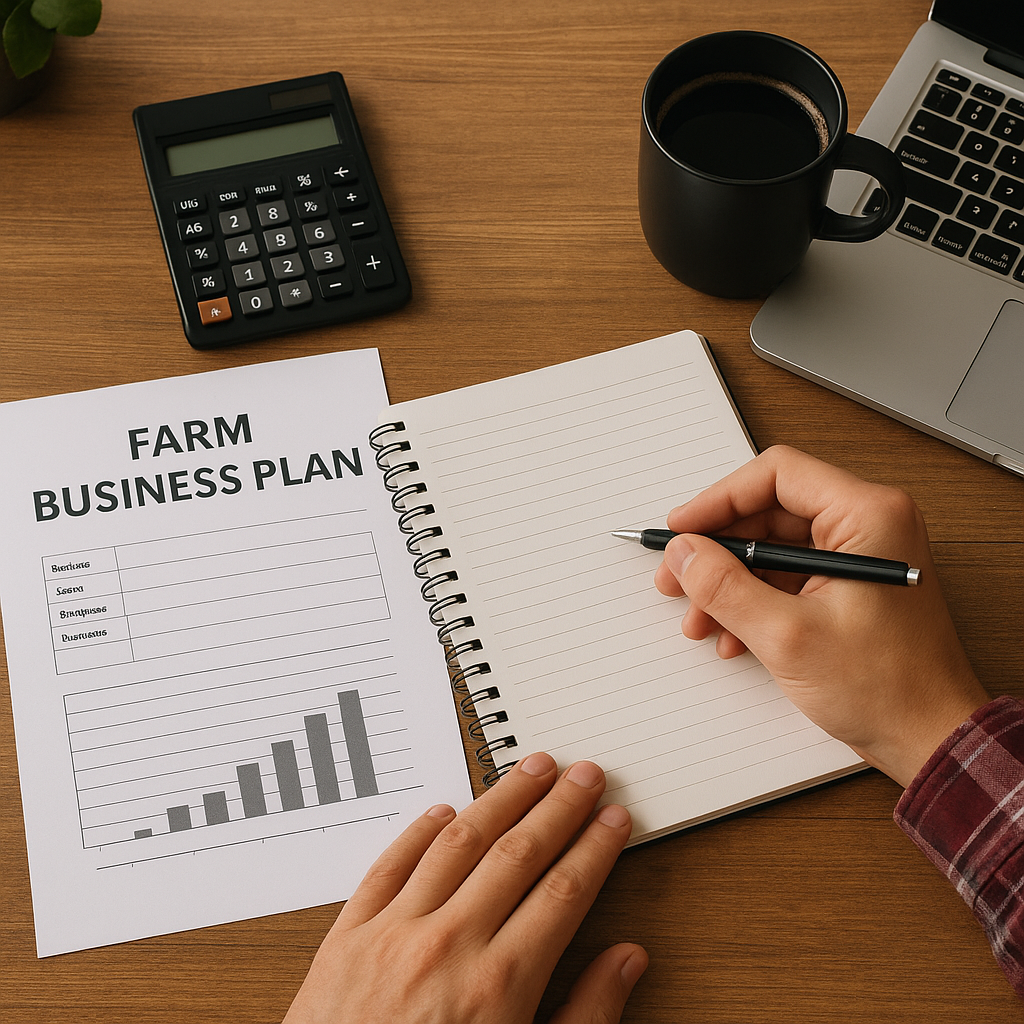Turning farm waste into valuable resources is an essential practice that not only enhances sustainability but also contributes to the overall efficiency of agricultural operations. With the increasing focus on environmental conservation and resource management, farmers are now more than ever looking for innovative ways to repurpose waste materials. This article explores various methods and technologies that can be employed to transform farm waste into valuable resources, ultimately benefiting both the environment and the agricultural economy.
Understanding Farm Waste
Farm waste encompasses a wide range of materials generated during agricultural activities. This includes crop residues, animal manure, food processing by-products, and other organic materials. Understanding the types of farm waste is crucial for developing effective strategies for waste management and resource recovery.
Types of Farm Waste
- Crop Residues: These are the remains of crops after harvest, including stalks, leaves, and husks. They can be a significant source of organic matter and nutrients if managed properly.
- Animal Manure: Manure from livestock is rich in nutrients and can be transformed into fertilizers or biogas through anaerobic digestion.
- Food Processing By-products: Waste generated from food processing, such as peels, seeds, and pulp, can be repurposed into animal feed or compost.
- Packaging Waste: Materials used for packaging agricultural products can often be recycled or repurposed, reducing landfill waste.
The Importance of Waste Management
Effective waste management is vital for several reasons. Firstly, it helps reduce the environmental impact of farming by minimizing pollution and greenhouse gas emissions. Secondly, it can lead to cost savings for farmers by reducing the need for chemical fertilizers and other inputs. Lastly, converting waste into valuable resources can create new revenue streams, enhancing the overall profitability of farming operations.
Methods for Converting Farm Waste into Resources
There are several methods available for converting farm waste into valuable resources. These methods vary in complexity and scale, allowing farmers to choose the most suitable option for their operations.
Composting
Composting is one of the most common methods for recycling organic waste. It involves the aerobic decomposition of organic materials, resulting in nutrient-rich compost that can be used to improve soil health. The composting process can be broken down into several stages:
- Collection: Gather organic waste materials, such as crop residues and animal manure.
- Mixing: Combine different types of organic waste to create a balanced carbon-to-nitrogen ratio.
- Decomposition: Allow the mixture to decompose over time, turning it regularly to aerate and speed up the process.
- Screening: Once the compost is ready, screen it to remove any large particles before application.
Composting not only reduces waste but also enhances soil fertility, promotes healthy plant growth, and improves water retention in the soil.
Anaerobic Digestion
Anaerobic digestion is a process that breaks down organic matter in the absence of oxygen, producing biogas and digestate. Biogas, primarily composed of methane, can be used as a renewable energy source for heating, electricity generation, or as a vehicle fuel. The digestate, a nutrient-rich by-product, can be used as a fertilizer. The anaerobic digestion process involves the following steps:
- Feedstock Preparation: Collect and prepare organic waste materials, such as animal manure and food scraps.
- Digestion: Place the feedstock in a sealed digester where microorganisms break it down, producing biogas.
- Biogas Collection: Capture the biogas for use as an energy source.
- Digestate Management: Process the remaining digestate for use as fertilizer or soil amendment.
Anaerobic digestion not only helps manage waste but also contributes to energy production and reduces greenhouse gas emissions.
Biochar Production
Biochar is a stable form of carbon produced by pyrolyzing organic materials, such as crop residues and manure, in a low-oxygen environment. This process not only sequesters carbon but also creates a valuable soil amendment that enhances soil fertility and water retention. The steps involved in biochar production include:
- Feedstock Selection: Choose suitable organic materials for pyrolysis.
- Pyrolysis: Heat the feedstock in a low-oxygen environment to produce biochar.
- Application: Incorporate the biochar into the soil to improve its properties.
Biochar can significantly improve soil health, increase crop yields, and reduce the need for chemical fertilizers.
Utilizing Crop Residues
Crop residues can be utilized in various ways to create valuable resources. Instead of burning or leaving them in the field, farmers can consider the following options:
- Animal Feed: Certain crop residues can be processed and used as animal feed, providing a cost-effective alternative to commercial feed.
- Mulching: Shredded crop residues can be used as mulch to suppress weeds, retain soil moisture, and improve soil structure.
- Soil Amendment: Incorporating crop residues into the soil can enhance organic matter content and improve soil fertility.
Challenges and Considerations
While converting farm waste into valuable resources presents numerous benefits, there are also challenges that farmers must consider. These include:
Initial Investment
Implementing waste conversion technologies often requires an initial investment in equipment and infrastructure. Farmers may need to assess the financial feasibility of such investments and explore available funding options or grants.
Knowledge and Training
Farmers may require training and knowledge to effectively implement waste management practices. Access to resources, workshops, and expert guidance can help bridge this gap and ensure successful implementation.
Regulatory Compliance
Farmers must also navigate regulatory requirements related to waste management and resource recovery. Understanding local regulations and obtaining necessary permits is crucial to avoid potential legal issues.
Conclusion
Transforming farm waste into valuable resources is a vital step towards sustainable agriculture. By adopting practices such as composting, anaerobic digestion, biochar production, and utilizing crop residues, farmers can significantly reduce waste, enhance soil health, and create new revenue streams. While challenges exist, the long-term benefits of waste conversion far outweigh the initial hurdles. As the agricultural sector continues to evolve, embracing innovative waste management practices will be essential for ensuring a sustainable and profitable future.
